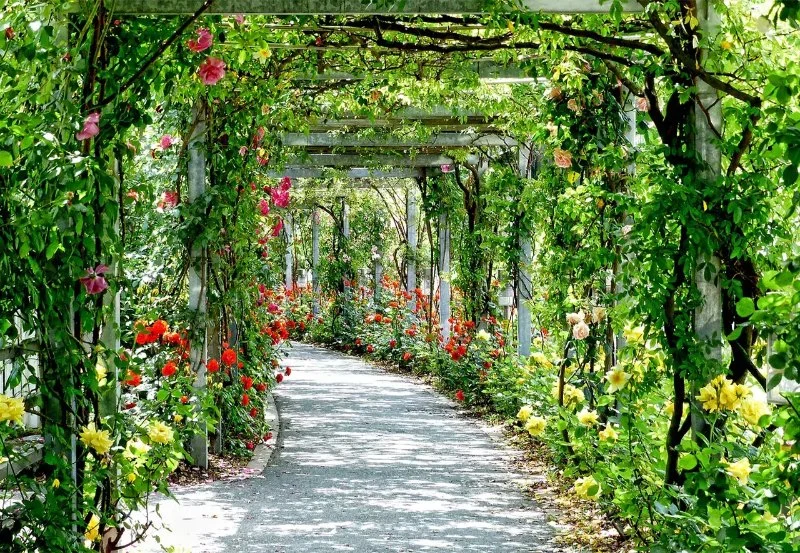
- how-to-design-for-sustainability-without-sacrificing-beauty—why-aesthetics-and-eco-conscious-decisions-can-coexist
- how-to-design-for-sustainability-without-sacrificing-beauty—materials-techniques-and-modern-approaches
- how-to-design-for-sustainability-without-sacrificing-beauty—real-stories-that-show-success
- how-to-design-for-sustainability-without-sacrificing-beauty—how-nature-inspired-design-improves-long-term-value
- how-to-design-for-sustainability-without-sacrificing-beauty—practical-guidance-and-where-to-find-help
1. Why Aesthetics and Eco-Conscious Decisions Can Coexist
Across the United States, more homeowners and designers are recognizing that sustainable design doesn’t have to come at the expense of visual appeal. In fact, eco-friendly choices often amplify beauty by showcasing natural textures, thoughtful craftsmanship, and materials with character. When you look at modern landscape and architectural trends, the most striking designs usually embrace sustainability rather than avoid it.
American consumers have become more conscious of their environmental impact, especially in areas like landscaping, home renovation, and outdoor living spaces. This shift is driving a new design philosophy: functionality, sustainability, and beauty can work together. Choices like drought-tolerant plants, reclaimed wood, permeable pathways, or solar-powered lighting aren’t just responsible—they’re stylish and timeless.
One reason this blend works so well is the emotional appeal of natural design. People feel calmer, more grounded, and more connected to their space when it reflects nature. Sustainable design taps into that connection, making beauty and eco-conscious decisions perfectly compatible.
2. Materials, Techniques, and Modern Approaches That Elevate Both Form and Function
Successful sustainable design isn’t about limitations—it’s about smart choices. When you combine eco-friendly materials with creative vision, the result can be even more visually compelling than traditional design. Many of the most admired homes and landscapes in America today use this exact mix.
2.1 Choosing Materials That Age Gracefully
Sustainable materials often have a natural elegance. Reclaimed wood develops character over time, recycled metal adds depth and texture, and natural stone blends seamlessly into outdoor environments. These materials carry a kind of authenticity that synthetic products rarely match.
2.2 Energy-Efficient Lighting That Enhances Atmosphere
LED systems, solar lanterns, and low-voltage lighting can create dramatic mood effects while reducing energy consumption. Designers can highlight pathways, emphasize plant silhouettes, or frame architectural features—all with minimal environmental impact.
2.3 Water-Smart Solutions That Add Visual Appeal
In regions across the U.S. facing drought or water restrictions, homeowners are embracing xeriscaping and native plants. These choices don’t just conserve water; they add texture, color, and life to outdoor spaces. Permeable hardscapes and rain-garden systems manage stormwater while adding beautiful organic shapes to landscapes.
2.4 Upcycling and Repurposing with Style
Repurposed materials can create unique focal points. An old oak beam can become a bench, discarded bricks can form a rustic garden path, and metal scraps can be crafted into art pieces. This approach highlights creativity while reducing waste, adding stories and personality to the final design.
3. Real Stories That Show How Sustainable Design Enhances Beauty
Online communities across the U.S. frequently share examples of how sustainable projects transformed ordinary spaces into extraordinary ones. One trending story featured a Seattle homeowner who replaced a high-maintenance lawn with native grasses, wildflowers, and stone pathways. The result wasn’t just environmentally friendly—it became the most photographed yard in the neighborhood because of its natural charm.
Another example came from an Arizona family who used reclaimed wood and water-smart plants to redesign their sun-exposed backyard. Their project went viral because it proved sustainable choices could also look luxurious. The mix of warm wood tones and drought-tolerant greenery gave the space a resort-like feel without wasting resources.
These stories show that when sustainability guides design decisions, beauty follows naturally. The visual impact becomes richer and more meaningful because it reflects both creativity and responsibility.
4. How Nature-Inspired Design Improves Long-Term Value
Sustainable design offers more than immediate visual appeal—it increases long-term value for homeowners. Designs rooted in natural systems tend to require less maintenance, withstand changing weather conditions, and remain attractive for years. This is especially relevant in the American market, where homeowners often seek solutions that combine beauty with durability.
4.1 Reducing Maintenance While Enhancing Visual Impact
Native plants, permeable patios, and durable recycled materials reduce upkeep demands while preserving their aesthetic quality. That combination makes sustainable design both practical and visually compelling.
4.2 Creating a Healthy Living Environment
Eco-friendly choices—low-VOC materials, natural ventilation strategies, and plants that improve air quality—create healthier spaces for families. This wellness-driven approach aligns with growing trends in home improvement across the U.S.
4.3 Building Designs That Adapt to Future Needs
Flexible layouts, modular elements, and multi-use outdoor spaces ensure designs remain relevant even as homeowners’ needs change. This adaptability reinforces both the longevity and beauty of sustainable design.
5. Practical Guidance and Where to Find Help
Homeowners interested in designing sustainably often start by identifying their priorities: reducing water usage, improving energy efficiency, choosing eco-friendly materials, or creating a healthier landscape. Once these goals are clear, it becomes easier to make aligned design decisions that still honor personal style.
Those seeking additional guidance can turn to trusted platforms like Beautiful Landscapes, which offer tools, product recommendations, landscaping ideas, and professional support. These curated resources make it easier for homeowners across the U.S. to explore eco-friendly design solutions without feeling overwhelmed.
When sustainability becomes part of the creative process rather than an afterthought, beauty naturally emerges. With thoughtful planning, the right materials, and a commitment to environmental responsibility, any homeowner can achieve a space that feels inspiring, practical, and deeply connected to nature.

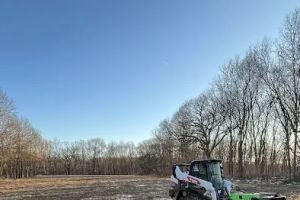

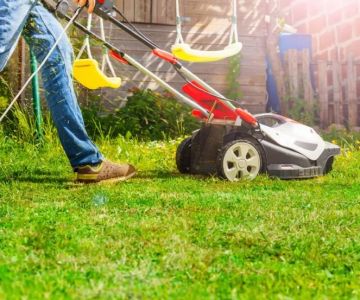
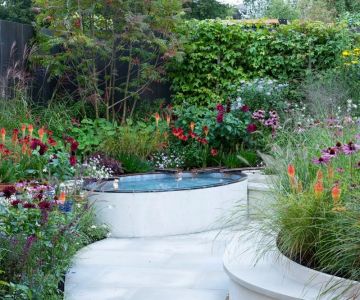
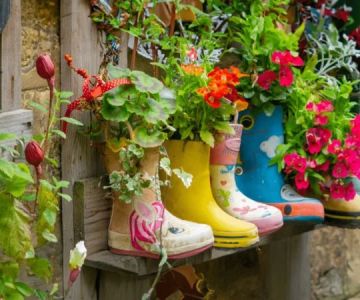


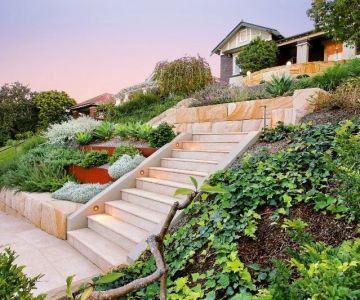
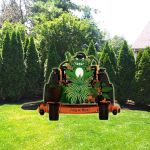 Froggy's Landscaping4.0 (11 reviews)
Froggy's Landscaping4.0 (11 reviews) Compact Tractor Service5.0 (2 reviews)
Compact Tractor Service5.0 (2 reviews) K&C Landscaping and Handyman services1.0 (1 reviews)
K&C Landscaping and Handyman services1.0 (1 reviews) Spieles Nurseries4.0 (20 reviews)
Spieles Nurseries4.0 (20 reviews) Certified Lawns4.0 (235 reviews)
Certified Lawns4.0 (235 reviews) Cox Landscape Nursery4.0 (12 reviews)
Cox Landscape Nursery4.0 (12 reviews)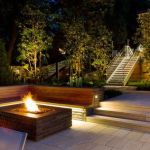 How to Design for Low-Light Outdoor Areas
How to Design for Low-Light Outdoor Areas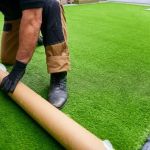 Lazy Lawn Care: How to Maintain Grass with Minimal Effort
Lazy Lawn Care: How to Maintain Grass with Minimal Effort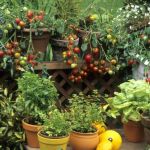 How to Use Container Planting in Small Spaces for a Beautiful Garden
How to Use Container Planting in Small Spaces for a Beautiful Garden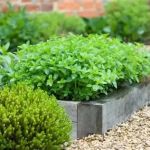 How to Landscape With Ornamental Edibles for Dual Use
How to Landscape With Ornamental Edibles for Dual Use How to Plan Outdoor Fire & Water Features Harmoniously for Your Garden
How to Plan Outdoor Fire & Water Features Harmoniously for Your Garden How to Use Garden Art to Add Personality to Your Outdoor Space
How to Use Garden Art to Add Personality to Your Outdoor Space